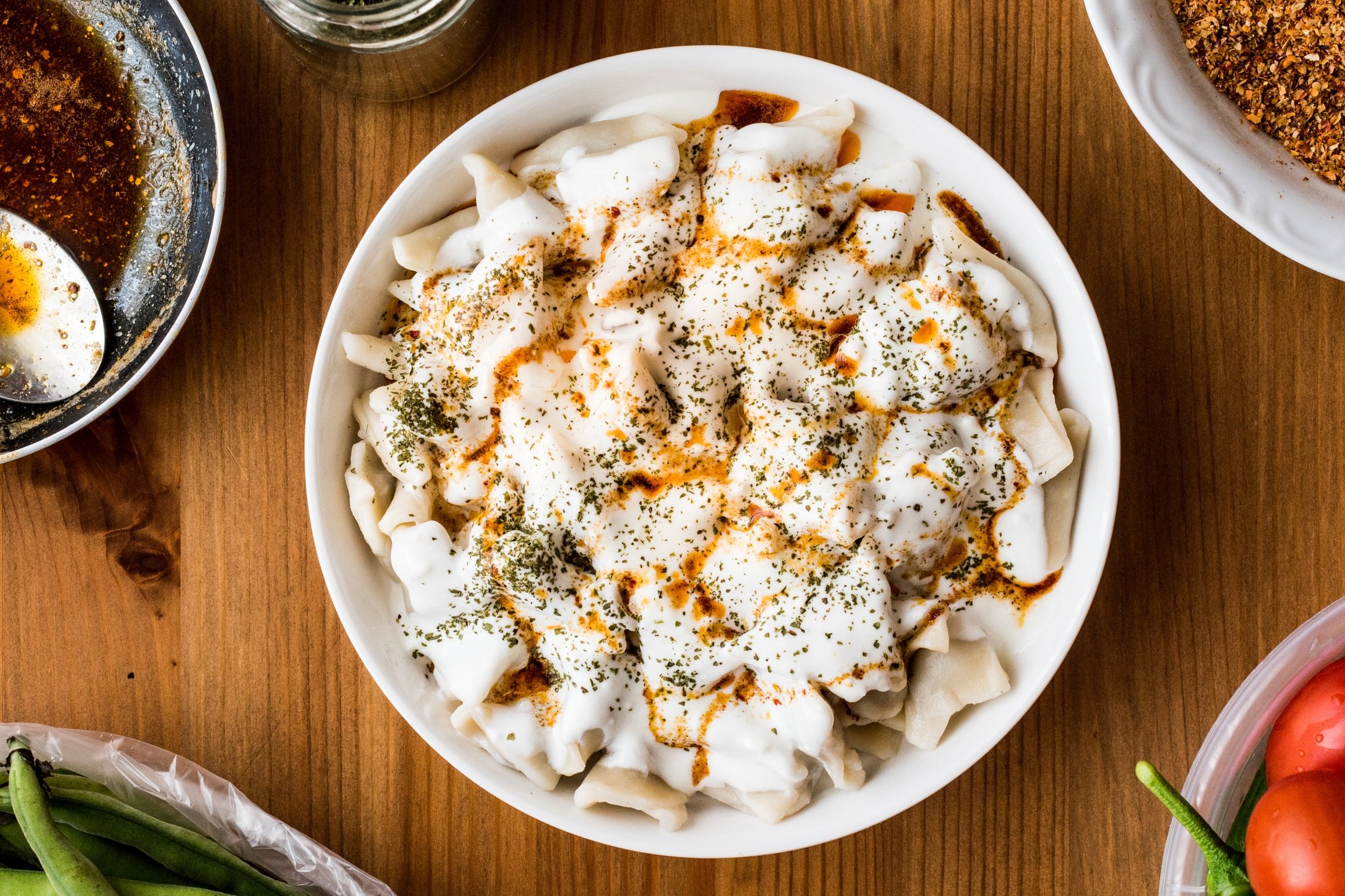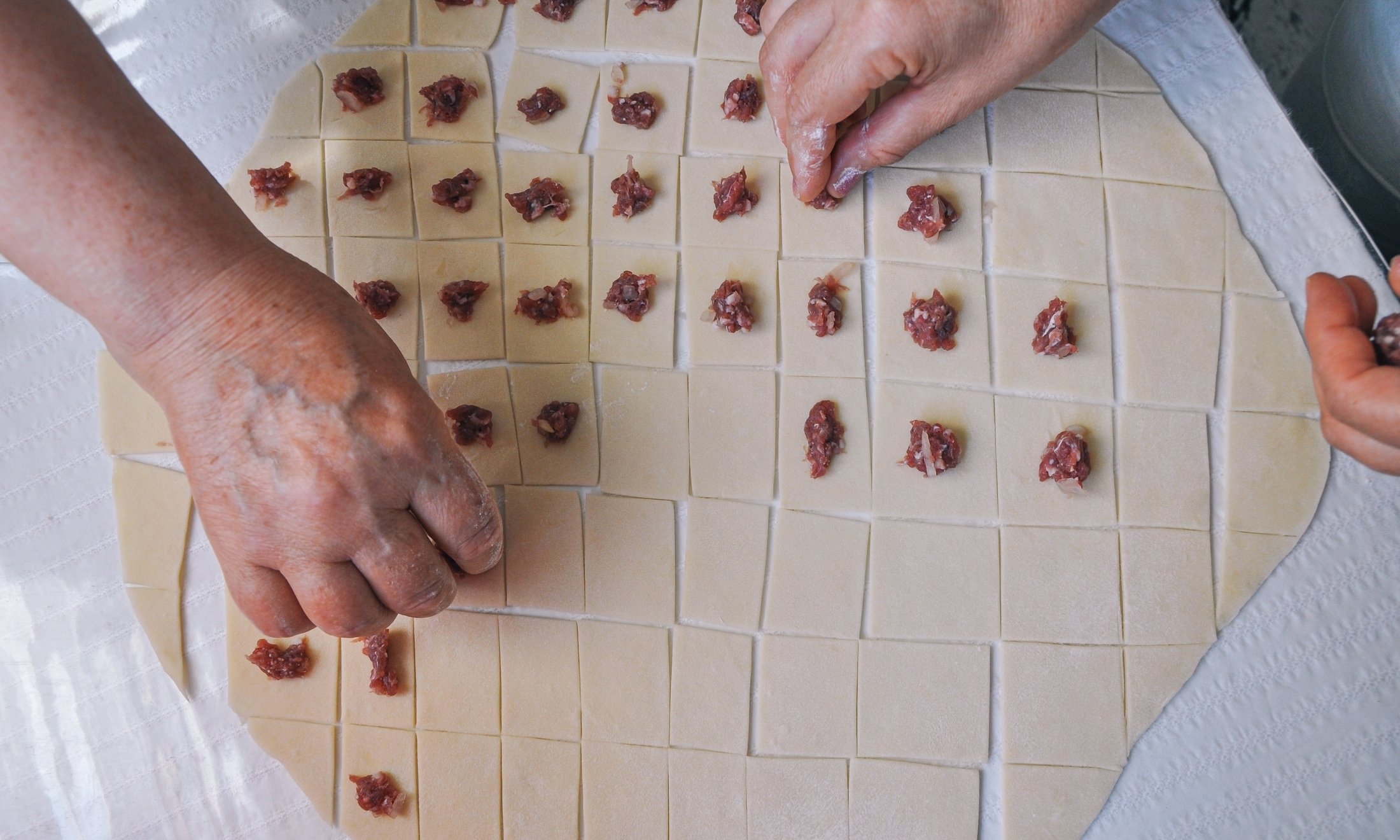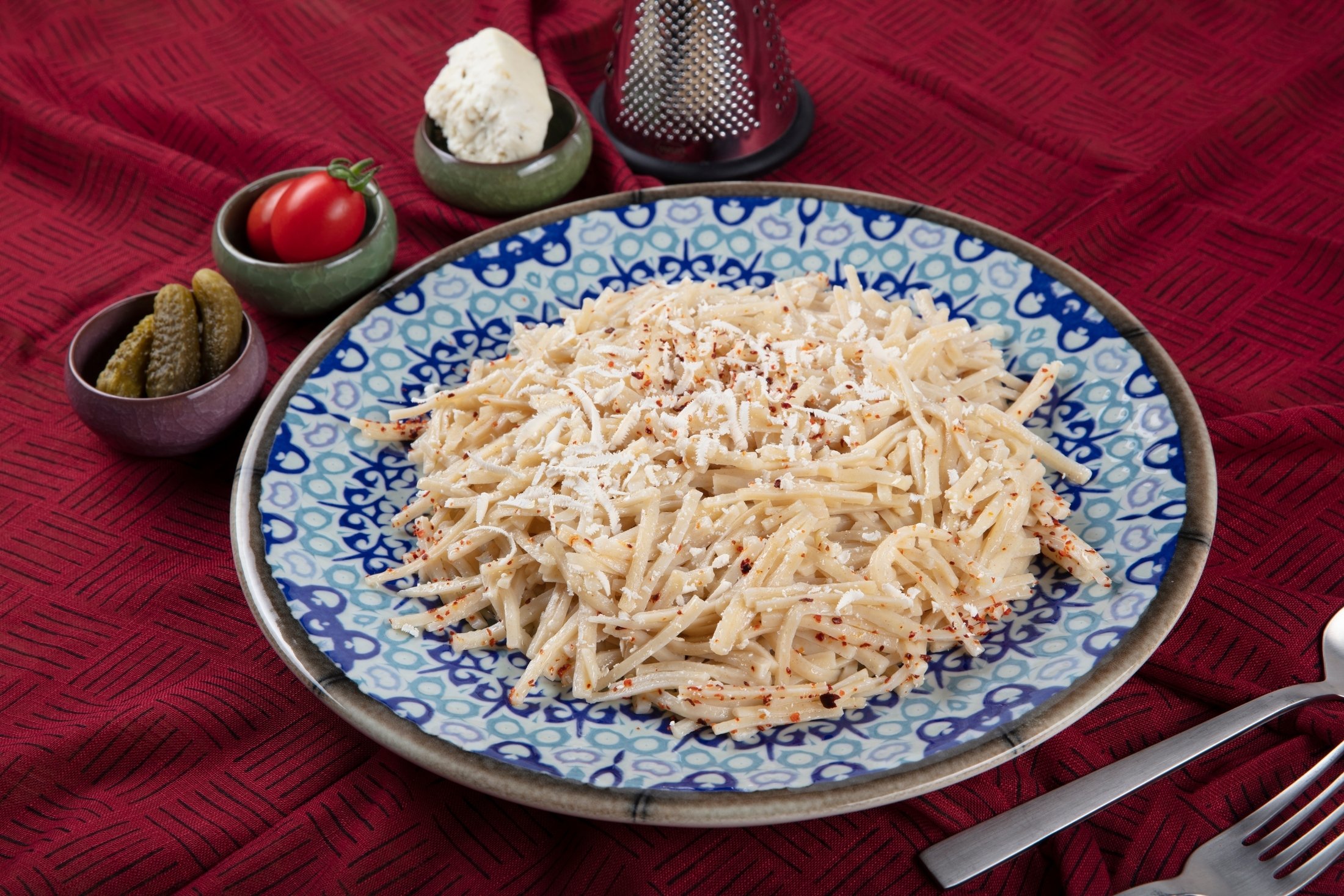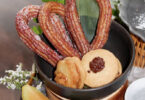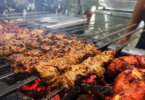Leyla Yvonne Ergil
Two of the most beloved dishes by almost any Turk are manti and eriste. Both prepared from a hand-rolled dough, these stuffed dumplings and short thick pasta in all of their variations are the ultimate comfort food in winter
Come winter, people in Türkiye love to warm up with their favorite comfort foods, of which the Turkish stuffed dumplings referred to as “mantı” and handmade “erişte” noodles are two classics. While these dishes are most definitely also consumed throughout the year, the fact that they are richer and heavier dishes due to being centered on carb-rich dough makes them especially appealing when energy is low. Both are wonderfully satiating and crave-worthy dishes that are eaten in homes and restaurants that cater solely to them making them less prevalent among the most prominent Turkish dishes foreigners are more familiar with. Therefore, this is a guide on the types of mantı and erişte Turks love and where to find them.
Turkish dumpling
Mantı refers to the dumpling that goes by many similar names and is consumed in Central Asia. In Türkiye, mantı comes in a lot of different sizes, but the classic Turkish dumpling is an approximately walnut sized dough encased pouch of sauteed and spiced ground lamb and onions that is then boiled. The dumplings are served with a topping of garlic-infused yogurt and a drizzling of melted butter with red pepper powder. Sometimes in lieu of the Aleppo-pepper-infused butter that is drizzled over the top, a spoonful of rich tomato and red-pepper paste sauce can also be poured over the garlic yogurt. In many cases, when eating mantı at restaurants, patrons will be asked whether they want their yogurt mixed with garlic and whether they would prefer a butter sauce or a tomato paste sauce to top their dumplings. Mantı is also served alongside the condiment-like spices of red pepper flakes, ground sumac and dried mint, which people sprinkle over the top depending on their personal preference.
While the style I described is the most common way to consume mantı you will see that there are a lot of different variations that are even more appealing. Kayseri is an area whose name has become synonymous with mantı and their style of preparing the dumpling is a miniature version. Kayseri mantısı is a cultural trademark of the region and it is said this is where the popularity of the dumpling spread to other regions of Anatolia. There are also 36 different variations of the dumplings that can be attributed to Kayseri.
While the classic version of the dumpling is boiled, Turkish mantı can also be baked and fried as well as served with diverse stuffings and in a number of different shapes and sizes. However, Kayseri Tepsi Mantısı, also referred to as Sini Mantısı is certainly the most lavish. In this preparation, small dumplings are arranged in a circle on a tray with the open pockets of stuffing exposed and doused in a tomato paste sauce after which it is baked. Circular trays of this style of mantı can occasionally be found in supermarkets.
In fact, premade mantı can be purchased from many farmers markets and ideally charcuterie or gourmet shops where they are also sold fresh and handmade. Sometimes, the mantı are stocked in a separate showcase and you can fill bags up with as much as you want. Many shops will also have mini-sized mantı that are filled with soya and are thus, vegetarian.
While there are a number of traditional regional vegetarian variations of the dumpling, more and more restaurants that cater to mantı have been adding options such as spinach and cheese and potato-stuffed varieties. But Hingel mantı is a larger and flatter-shaped dumpling that is also referred to as Çerkez mantısı (Circassian mantı) and Sinop Mantısı. This particular type of mantı, while can also have meat-stuffed variations, is actually known for being a potato-stuffed version of mantı.
Çıtır mantı, aka Bodrum mantı, refers to dumplings that are fried in oil rather than boiled. Still covered with signature garlic yogurt and peppery butter, the Hingel-style mantı fried is simply divine. Other interesting mantı variations include Nevşehir’s preparation of the dumpling with chickpeas and which sometimes is not even a dumpling at all, as the tradition is to layer the stuffing over a sheet of dough that is then rolled up and cut into bite-sized portions. Peravu, sometimes referred to as Cappadocian mantı, are triangle-shaped dumplings stuffed with cheese and Bolu mantısı are stuffed with mushrooms.
Hand-rolled, cut noodles
While mantı may seem to have endless variations in its preparations, erişte, Türkiye’s traditional handmade noodles, have mainly maintained their classic shape and size. Similar to mantı, the dough for erişte is prepared from flour, eggs salt and water. Rolled out into thin sheets, the dough is then sliced into approximately half-centimeter-wide slices, which are cut into bite-sized pieces and then dried. While these types of noodles are difficult to find served at restaurants, they are a staple for many Turkish homes that have prepared and stocked their pantry with the pasta, or purchase bags of it from local homemakers who sell their products at farmers markets. While mantı tends to have decadent stuffings and is doused in savory garlic yogurt and tomato sauce or pepper butter, erişte is served up surprisingly plain. In fact, the sauce for erişte tends to be simply butter, with crushed walnuts and occasionally a crumbly cheese over the top.
Courtesy: Dailysabah


